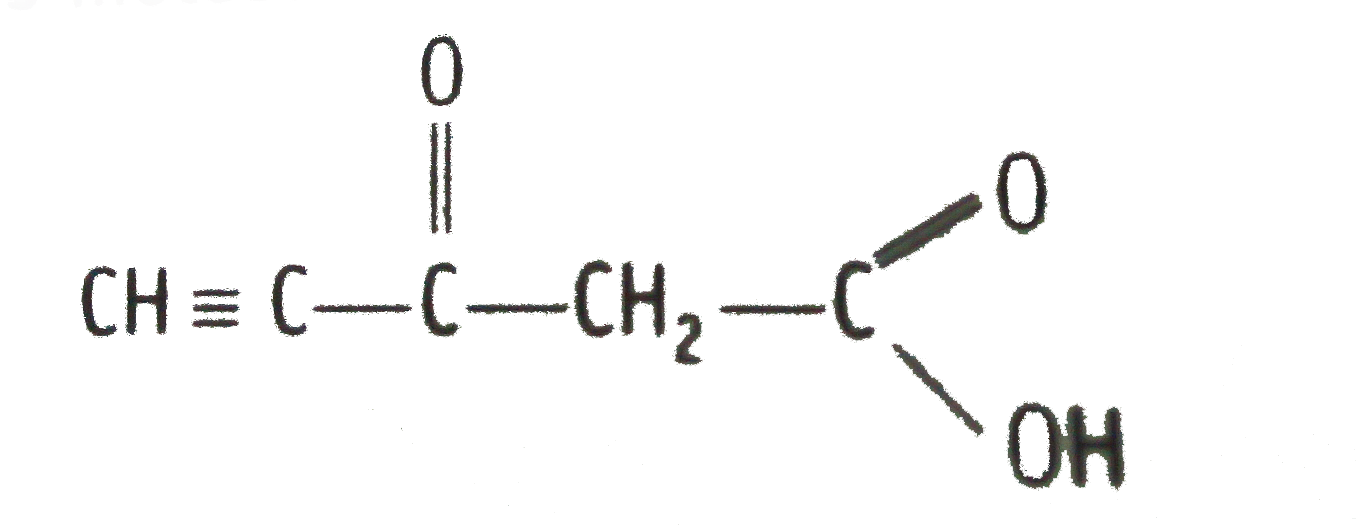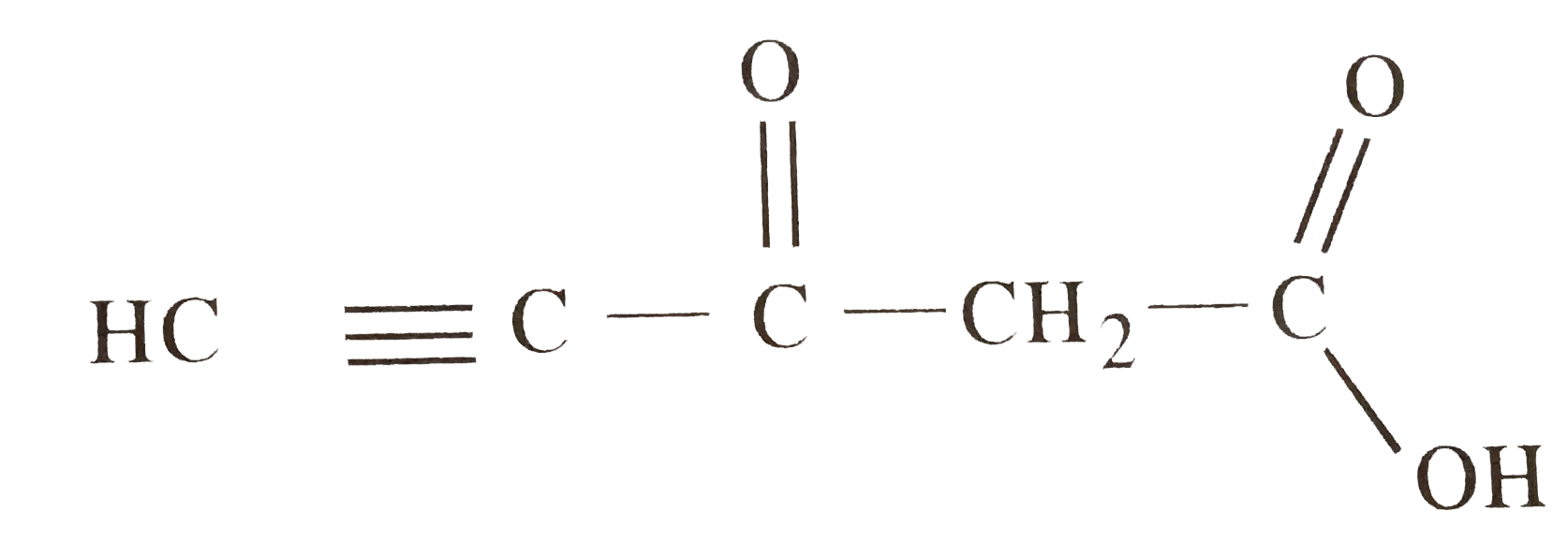What indicates the actual number of constituent atoms in a molecule?
Empirical formula
Molecular formula
Empirical mass
Molecular mass
The correct Answer is:B
To answer the question "What indicates the actual number of constituent atoms in a molecule?", we can follow these steps:
Step 1: Understand the Definitions
- Molecular Formula: This formula shows the actual number of each type of atom in a molecule. For example, in glucose (C6H12O6), the molecular formula indicates there are 6 carbon atoms, 12 hydrogen atoms, and 6 oxygen atoms.
Step 2: Differentiate Between Molecular and Empirical Formulas
- Empirical Formula: This represents the simplest whole-number ratio of the atoms in a compound. For glucose, the empirical formula is CH2O, which reflects the ratio of 1 carbon atom, 2 hydrogen atoms, and 1 oxygen atom.
Step 3: Clarify Molecular Mass
- Molecular Mass: This is the sum of the atomic masses of all the atoms in a molecule, but it does not indicate the number of atoms directly. For glucose, the molecular mass would be calculated based on the molecular formula, but it is not what indicates the number of constituent atoms.
Conclusion
- The molecular formula is what indicates the actual number of constituent atoms in a molecule.
Final Answer
The actual number of constituent atoms in a molecule is indicated by the molecular formula.
---
- Molecular Formula: This formula shows the actual number of each type of atom in a molecule. For example, in glucose (C6H12O6), the molecular formula indicates there are 6 carbon atoms, 12 hydrogen atoms, and 6 oxygen atoms.
- Empirical Formula: This represents the simplest whole-number ratio of the atoms in a compound. For glucose, the empirical formula is CH2O, which reflects the ratio of 1 carbon atom, 2 hydrogen atoms, and 1 oxygen atom.
- Molecular Mass: This is the sum of the atomic masses of all the atoms in a molecule, but it does not indicate the number of atoms directly. For glucose, the molecular mass would be calculated based on the molecular formula, but it is not what indicates the number of constituent atoms.
- The molecular formula is what indicates the actual number of constituent atoms in a molecule.
The actual number of constituent atoms in a molecule is indicated by the molecular formula.
Topper's Solved these Questions
Similar Questions
Atoms & molecule
View SolutionWhat is the total number of covalent bonds in a molecule of ethane?
View SolutionWhat is the total number of covalent bonds in a molecule of ammonia?
View SolutionPredict the hybridisation of each carbon in the molecule of organic compound given below. Also indicate the total number of sigma and pi-bonds in this molecule.
 View Solution
View SolutionPredict the hybridisation of each carbon in the molecule of organic compound given below. Also indicate the total number of sigma and pi bonds in this molecule.
 View Solution
View SolutionOxidation number of oxygen atom in O3 molecule is
View SolutionWhat is the number of metal atoms in one molecule of chalcopyrite ?
View SolutionCalculate the actual mass of:
one atom of oxygen.View SolutionWhat is the actual ratio of the reactants ?
View SolutionIn a molecule of saturated hydrocarbon, the number of H atoms is 16, what is the number of atoms and what is the name of this molecule?
View Solution

